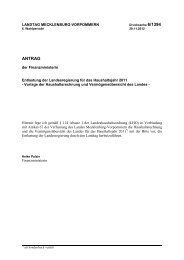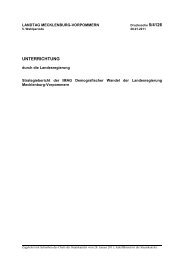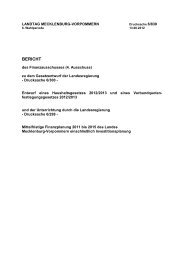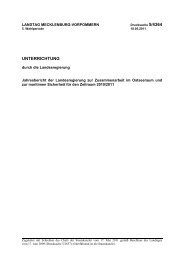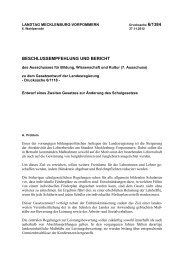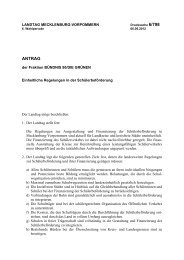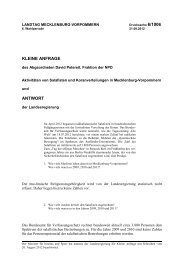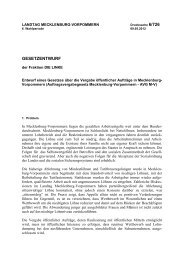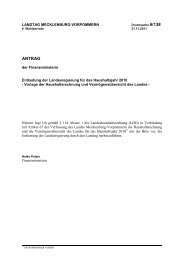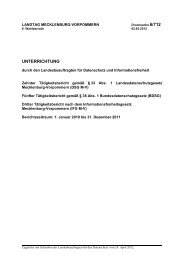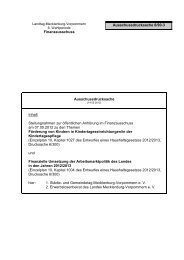Baltic Rim Economies - Baltic Port List
Baltic Rim Economies - Baltic Port List
Baltic Rim Economies - Baltic Port List
Create successful ePaper yourself
Turn your PDF publications into a flip-book with our unique Google optimized e-Paper software.
Expert article 914 <strong>Baltic</strong> <strong>Rim</strong> <strong>Economies</strong>, 21.12.2011 Quarterly Review 5�2011<br />
The challenges of professional fishery in the <strong>Baltic</strong> Sea – a Finnish point of<br />
view<br />
By Kim Jordas<br />
The Finnish fishery has been going through a change in the<br />
2000s, and professional fishery in the northern parts of the<br />
<strong>Baltic</strong> Sea especially is facing major challenges. To an ever<br />
increasing extent, the industry is forced to consider its very<br />
existence and the values that make the foundations of<br />
professional fishery.<br />
Producing fish for consumer markets in a sustainable<br />
fashion has become the operative idea of professional<br />
fishery. A production chain committed to quality provides<br />
fish for the market for foodstuff and other purposes.<br />
Today’s fishery also plays an important role in taking care<br />
of the environment; fishing is the only functional activity<br />
which removes significant amounts of phosphorus from the<br />
<strong>Baltic</strong> Sea.<br />
The conditions of the fish stocks in the <strong>Baltic</strong> Sea are<br />
generally good, with a few exceptions. The good news is<br />
that the stocks of cod have taken a positive turn during the<br />
last few years. The herring stock in the Bothnian Bay<br />
remains one of the strongest fish stocks in the EU.<br />
Professional fishery depends on strong fish stocks and<br />
on a good condition of the waters. For a good reason,<br />
some concern is felt as regards the state of the <strong>Baltic</strong> Sea.<br />
From the fishery’s point of view it is utterly important that all<br />
the <strong>Baltic</strong> countries take prompt and decisive measures to<br />
restore the state of the <strong>Baltic</strong>. Some positive development<br />
has been noticed, but the progress is all too slow. Many<br />
parties seem to regard eutrophication as the major<br />
problem, but from the fishery’s and the fish consumers’<br />
point of view the retention of various contaminants in the<br />
organisms and fish in the <strong>Baltic</strong> is a greater concern.<br />
The operational environment as well as the society<br />
around professional fishery has changed quickly. This<br />
holds true for the environment and the social setting as well<br />
as the structure of the business and the market.<br />
Society has become more protection-oriented and at<br />
least partly alienated from nature. The position of<br />
organizations concerned with conservation and recreational<br />
fishing has also become stronger in the political decisionmaking<br />
process. At the same time, the political weight of<br />
the primary production has diminished. For professional<br />
fishery, this has led to a narrower political elbow room, and<br />
it can be seen in the everyday life of many individual<br />
fishermen.<br />
The <strong>Baltic</strong> Sea has become a more and more important<br />
point of interest for other user groups as well, and this<br />
leads to a concrete and physical reduction in the operation<br />
area of professional fishery. The recreational use of the sea<br />
and the sea shores, the increasing sea traffic, and<br />
especially the off-shore building are good examples of this.<br />
New fairways, the installing of cables and pipes at the<br />
bottom of the <strong>Baltic</strong> and the extraction of gravel, as well as<br />
the new and growing activity in establishing off-shore wind<br />
farms, they all reduce the operational area of professional<br />
fishery. Fishery is being chased away, area by area.<br />
Fish is popular food today. However, a great change<br />
has taken place in the fish market; in Finland, an ever<br />
greater part of fish consumption is made of imported or<br />
farmed fish. Only seven per cent of our total fish<br />
consumption is made of natural fish caught by professional<br />
fishery. Farmed fish is an easy and economical product for<br />
77<br />
both the consumer and especially for the trade. As a<br />
starting point, natural fish produced in small units has an<br />
awkward competitive position in the modern chaincontrolled<br />
retail.<br />
Professional fishery has tried to adapt to the new<br />
situation in a number of different ways. In Finland, open<br />
sea fishery means trawling <strong>Baltic</strong> herring and <strong>Baltic</strong> sprat.<br />
The survival strategy adopted has been one of improving<br />
the efficiency: larger and more powerful vessels have been<br />
acquired to be able to move greater quantities of fish at a<br />
time. At the same time fishery has been concentrated to an<br />
increasingly smaller number of vessels. This strategy is not<br />
unfamiliar in other industries, such as agriculture, for<br />
example. Open sea fishery operates on the terms of the<br />
global market, and the activity is to a great extent<br />
businesslike. Traditionally, fishing has been familycentered:<br />
the fishing activities have involved the whole<br />
family, and the business has been passed on from father to<br />
son. The acquisition of greater units has demanded capital<br />
and the base of the activity has changed to companies.<br />
In Finland, the last few years have seen a great deal of<br />
discussion, both inside and outside the business, about the<br />
changeover of fishing companies to foreign owners. At<br />
present a significant part of the Finnish open sea fleet is<br />
under actual foreign ownership and decision. The<br />
development has been a sore spot for the traditional<br />
business, but there seems to be no way back. The foreign<br />
owners have had more capital available, and the capital<br />
has been attracted by good Finnish quotas. On the other<br />
hand, the situation has created the elderly Finnish<br />
professional fishermen an opportunity to free them from the<br />
business.<br />
The situation of coastal fishery is dramatically different<br />
from that of open sea fishery. Coastal fishery has not had<br />
the opportunity to use the same survival strategy. Coastal<br />
fishery is largely dependent on the home market, and as<br />
fishermen they are a heterogeneous group. On the one<br />
hand there are fishermen pursuing a businesslike<br />
enterprise, but on the other there are actors who have<br />
fishing as a hobby or a way of life. The percentage of<br />
pensioners is also great. This all makes the effective<br />
directing of any legislative or financial support measures<br />
difficult.<br />
The number of coastal fishermen has been reduced by<br />
a third in the 2000s. According to a query in 2009, the<br />
negative trend will continue, and the distribution of ageclasses<br />
explains a great deal. The average age of a<br />
fisherman is 52 years, and new coastal fishermen are not<br />
in sight to replace the ones planning to retire. As a<br />
fisherman retires, a multitude of know-how is lost, along<br />
with a significant part of culture that has been part of<br />
coastal life for centuries.<br />
The reasons for the development above lie in the low<br />
profitability of the business. It has not been attractive<br />
enough in the eyes of the young. There are several<br />
reasons for the low profitability. The drastic growth in the<br />
populations of seals and cormorants in the <strong>Baltic</strong> Sea<br />
during the last 10–15 years has had a dramatic effect on<br />
the prerequisites of coastal fishery. The trap and catch<br />
losses diminish the economic return, and in the political<br />
� Pan-European Institute � To receive a free copy please register at www.tse.fi/pei �



